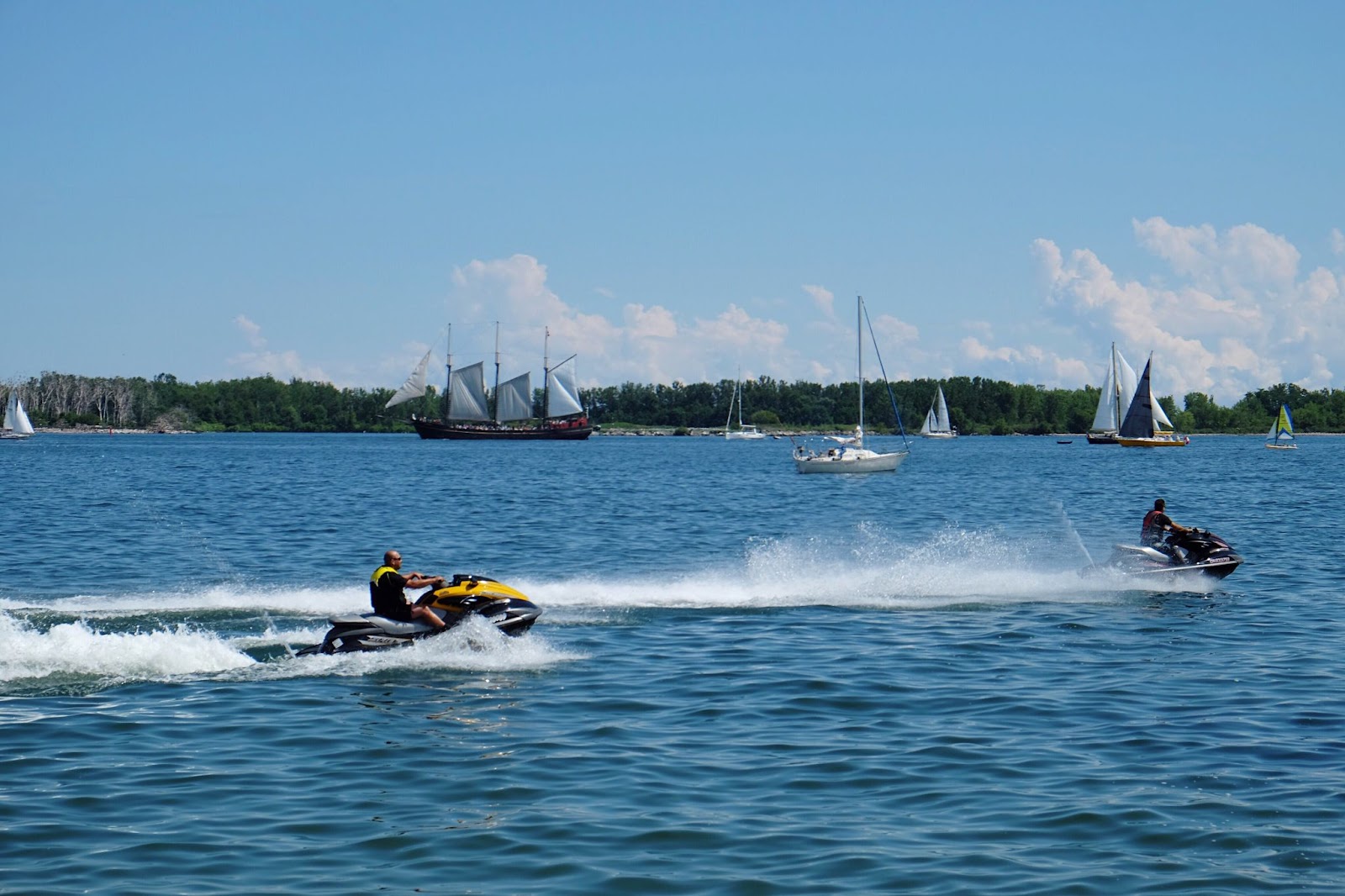Safety First: Tips for a Safe and Enjoyable Waverunner Rental Adventure

Safety First: Tips for a Safe and Enjoyable Waverunner Rental Adventure
Waverunners, also known as jet skis, offer an exhilarating way to experience the water. Whether you’re cruising along the coastline, exploring hidden coves, or just enjoying the thrill of speed, renting a waverunner can be a fantastic adventure. However, like any water sport, safety should always be a top priority. In this blog, we’ll explore some essential tips to ensure your waverunner rental experience is both safe and enjoyable.
Choose a Reputable Rental Company
Before you hit the waves, do some research to find a reputable rental company. Look for businesses with good reviews, well-maintained equipment, and knowledgeable staff. A reliable rental company will provide you with a thorough orientation on operating the waverunner safely, ensuring you have all the necessary information to enjoy your adventure worry-free. Additionally, reputable companies often offer insurance options and clear instructions on what to do in case of emergencies, adding an extra layer of security to your experience.
